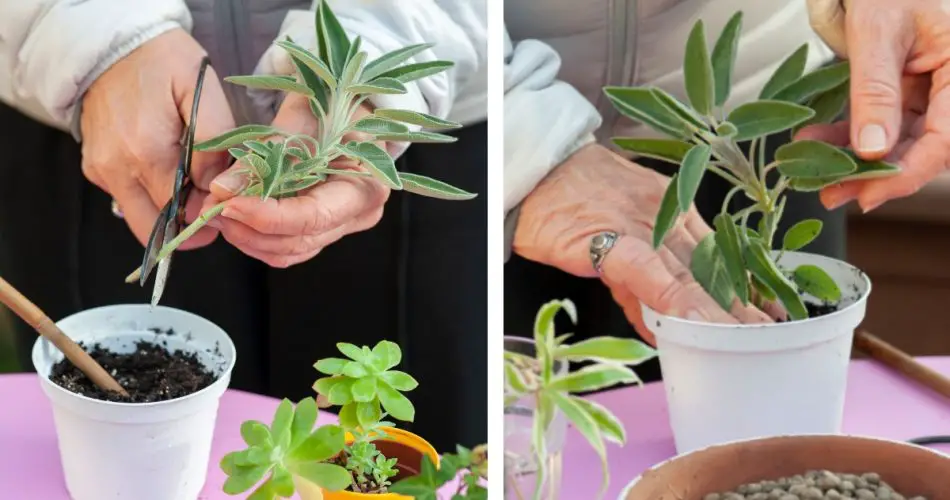Sage, a member of the Lamiaceae family, is not just an aromatic plant but a treasure trove of beneficial compounds for our well-being. With proper care and attention, cultivating sage at home can be a rewarding and cost-effective endeavor. Here’s a comprehensive guide to help you embark on this botanical adventure.
**1. Cultivating Sage in Pots: Tips for Excellent Results**
Growing sage from seeds is straightforward, albeit slower. Simply fill a pot with soil, scatter the seeds generously, cover them lightly with soil, water, and you’re set. Alternatively, propagate sage by cuttings or using a simple sage sprig. Insert the cutting into the soil during autumn or spring, without the need for rooting hormones, or dip the cut end in honey before planting.
**2. Essentials for Sage Seedlings**
Upon acquiring sage seedlings, promptly replant them into a pot, ensuring it’s 30-40 centimeters wide and deep to accommodate the plant’s extensive root system. Position the pot where it’s sheltered from strong winds yet receives ample sunlight. Avoid overwatering. While sage is long-lasting, consider renewing it every 3-4 years. Fertilize in autumn and prune only when necessary.
**3. Sustainable Sage Supply for the Family**
While sage seedlings grow slowly in the first year, they can still provide leaves for seasoning dishes. By the following spring, the plant will thrive, offering an abundance of leaves. A single sage plant can sufficiently meet the culinary needs of a family.
**4. Harvesting and Storing Sage**
Since sage is a perennial plant, it can be harvested year-round. Store harvested leaves in the refrigerator, wrapped in paper towels within a plastic bag. Alternatively, immerse the leaves in olive oil for preservation, lasting up to three weeks in the fridge, or use them within a week if not preserved.
**5. Protecting Your Sage**
During the initial year, shield your sage from winter cold and frost by covering its base with straw, wood chips, or bark, or bring it indoors. Combat pests and rot naturally by creating fungicidal solutions with baking soda and water.
**6. Ideal Soil and Climate for Sage**
Sage thrives in direct sunlight and prefers a mild climate. In gardens, avoid shaded spots. Indoors, place it on a sunny balcony or window sill, avoiding north-facing locations. Sage tolerates drought and is cold-resistant if not exposed to prolonged freezing temperatures. It favors a limestone substrate but can adapt to various soils, except clayey ones with stagnant water.
Armed with these insights into the cultivation and propagation of sage, you’re ready to embark on a journey of green-thumb success.

